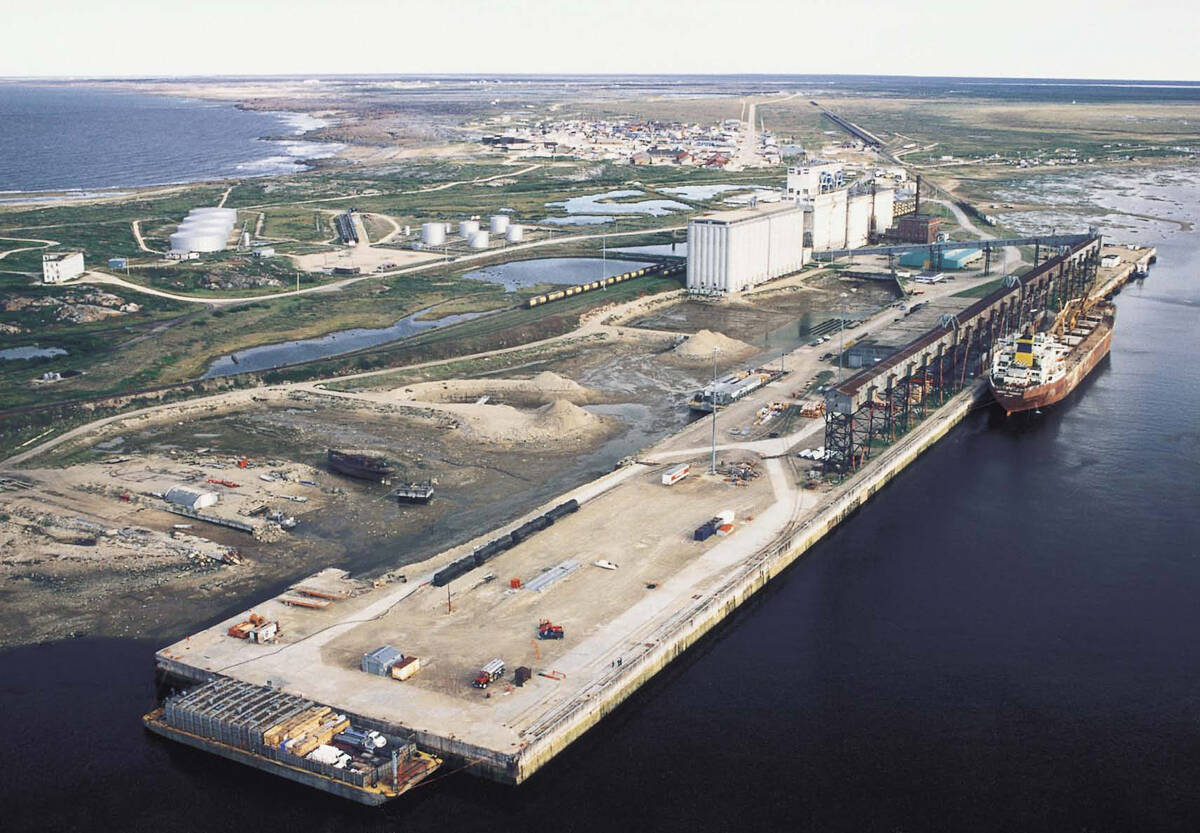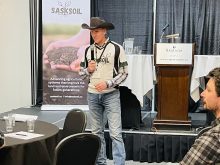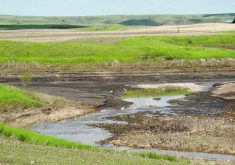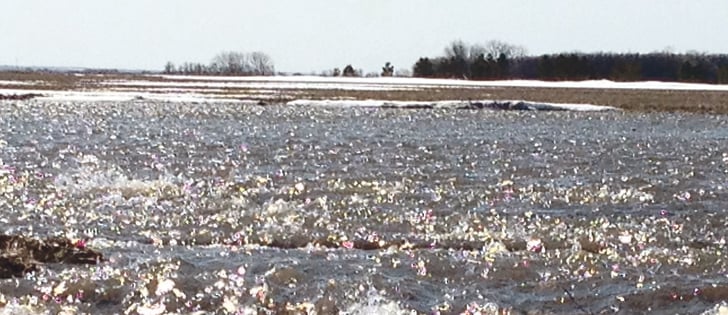Another tool for farmers | Tillage combats compaction, residue issues
TABER, Alta. — Years of minimum and zero tillage on prairie soil have had their benefits, but they might also have led to soil compaction best addressed by tillage.
Curt Davis, marketing manager for the implement company Kuhn Krause of Kansas, brought that message to Taber area growers July 22.
His job is to sell tillage tools, but his agronomic messages struck chords with farmers and weren’t exclusive pitches for soil disturbance.
“We have to understand the plant to really understand the iron,” said Davis. “Whether it’s no-till or whether it’s tillage, it’s a tool that every farmer has in the toolbox. It’s whether it’s the right time in that particular field to apply that tool or not.
Read Also

Defence investments could benefit agriculture
A bump in Canada’s NATO spending commitments could lead to infrastructure investments that would benefit rural areas
“If there’s no compaction problem and if there’s not a residue problem that we’re trying to deal with, then no-till could be a perfectly fine application for that particular condition.
“But if there’s a compaction problem, if there’s a residue issue that we’ve got to deal with, then no-till might not be the right application.”
Davis described the ideal soil profile as five percent organic matter, 25 percent water, 25 percent air and 45 percent mineral. Limiting the volume of air and water through compaction reduces the area where roots can grow, which limits production and yield.
“This is one of the primary yield limiting factors in our farming operations,” he said.
Proper tillage for a given situation can redistribute soil particles into an array of different sizes, incorporating air pockets as well as plant residue. That improves moisture penetration and capillary activity and fosters interaction between soil, water, bacteria, insects and plant life.
Davis described two types of compaction: surface and plow pan.
The first is created by simple traffic from livestock and equipment.
Plow pan compaction occurs from shearing just below the leading edge of tillage equipment. Tillage at the same depth compacts a specific layer of soil over time.
Large seeding tool openers can create this issue in heavier soils.
“We kind of want to mix it up every now and then,” he said.
In the same way farmers vary their chemical modes of action, they should periodically alter their tillage management.
“We swung from full tillage all the way over to complete no-till but now we’re starting to come back toward the centre and find where’s that good balance of tillage and residue because there are benefits to both,” said Davis.
Tillage naturally affects fertilizer application and position, he added.
Nitrogen moves in the soil, while phosphorus and potassium attach to soil particles. Fertilizer that is always applied near the surface might not reach the root zone where plants can use it.
Compaction can be measured with soil probes, but Davis said a shovel and a knife are his preferred method. A 12- to 14-inch hole easily shows the layers and indicates the depth at which to set deep tillage equipment if necessary.
When using a probe, a reading of 200 to 200 pounds per sq. inch is the point where root development will be limited.
Davis said there is a myth that the natural freezing and thawing of prairie soil eliminates compaction. Though it helps to some degree, it depends on soil moisture level and won’t reposition soil particles.
Similarly, the idea that deep-rooted crops such as alfalfa or tillage radishes address compaction is only partially true. These crops create holes in the soil profile but will not solve a compaction problem.
“We have to reorient those soil particles to really get the biggest benefit,” Davis said.
“The greatest influence on (yield) potential can occur before the seed is ever planted.”
















